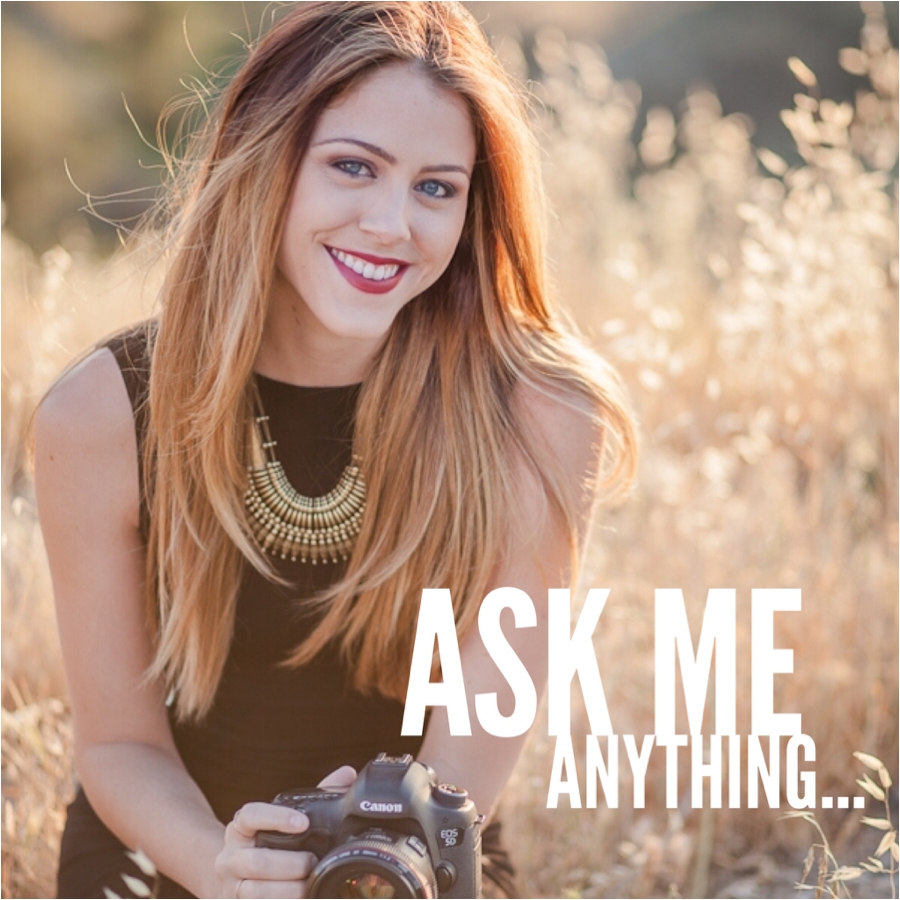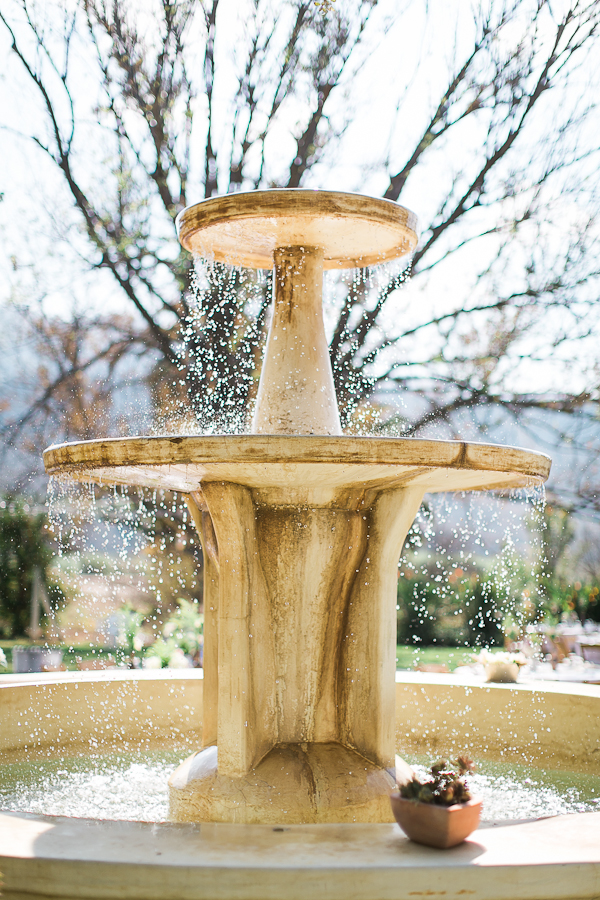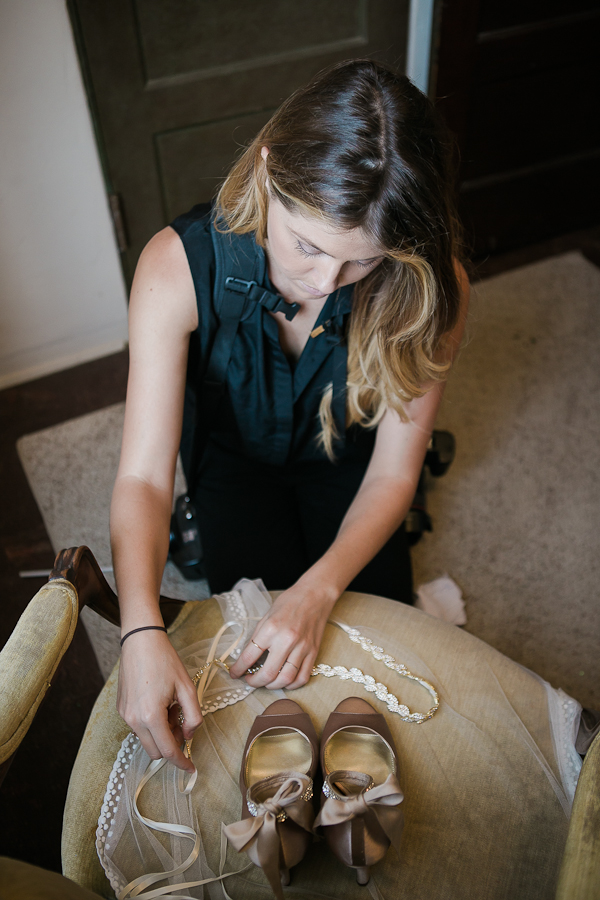Ask Me Anything... {11/10/15}
On this week's "Ask Me Anything..." I talk about the three most important elements to shooting in Manual mode, give tips on capturing movement, and tell you about how I became a photographer.
What setting do you mainly use? Aperture, Shutter, ISO?
If you're new to photography and just learning how to operate your camera, I can't stress enough how important it is to start learning by shooting in manual mode. Yes, it takes longer at first. Yes, you have to think about your settings before you take a photo. Yes, it's difficult. Until you learn the basics of how to operate your camera in manual mode, you will never have full control of your camera and the images you're producing. Eventually, after lots and lots of practice, adjusting the settings will be like second nature to your hand and you won't need to think about it anymore.
In order to start shooting in Manual mode, you first need to know the basics of Shutter Speed, ISO, and Aperture. These are your three most important elements when operating your camera as they all determine how much light enters the exposure. Learning how to balance all three settings to maintain a proper exposure is the key to taking a good photograph. Here are the basics in layman's terms.
First, your aperture, or f-stop, controls how much of that blurry background you want. The blurry background I speak of is also called "bokeh." If you shoot at an open aperture, like 2.8, a smaller amount of the image will be in focus with the rest blurred out. Shooting at f2.8 will let more light in than if you were to shoot at say f11. Shooting at f11 would be appropriate for a larger group photo to ensure you get all your subjects in focus, but the result of this would be that you aren't letting as much light in. So, for example, if you have to shoot at an aperture like f11 that doesn't let as much light in you would adjust your shutter speed and ISO accordingly to let more light in.
Your ISO is going to control how sensitive your image sensor is to light. The lower the number (let's say you're at ISO100) the less sensitive it is to light. The higher the number (let's say you're at ISO 3200) the more sensitive it will be to light. If you're in a low light situation, you're going to raise your ISO to a higher number to let in more light. The only downside to this is that the quality of your image will suffer with added grain the higher your ISO. When shooting outdoors during the day, I keep my ISO anywhere between 100-400 and adjust aperture and shutter speed accordingly.
Shutter speed is how fast your shutter opens and closes. If your shutter closes quickly, it will not let in as much light. You will also be able to capture a moving object better with a fast shutter speed. If you're shooting with a slow shutter speed, the shutter will stay open longer, therefore letting in more light. Shooting at a slow shutter speed can also create a blurry affect. Go practice taking pictures of moving water with a fast and slow shutter speed and see the difference.
What's the best way to get movement shots?
This question kind of goes along with the last one so I'll elaborate. Getting movement shots all depends on your shutter speed. Like I said above, the slower your shutter speed, the blurrier a moving object will be. The faster the shutter speed, the sharper a moving object will be. A helpful tip to ensure your shutter speed is fast enough to get your subject in focus is to double your lens range. For example, if you're shooting on a 50mm lens, you'll want to shoot at at least 1/100s. The "s" stands for "second," meaning this is the fraction of a second. The higher that bottom number is, like 1/1000s, the faster the shutter speed and the less light being let in. The lower that bottom number is, like 1/25s, the slower the shutter speed and the more light being let in. I usually don't shoot anything slower than 1/125s when photographing a still object though. If you're shooting at a very slow shutter speed, you can try techniques like "light dragging" or capturing flowing water. A tripod may be need for this to keep your camera extra still.
Shooting a moving object, depending on how fast the object is moving, I usually shoot at any shutter speed that's 1/250s or higher. This of course, also depends on your lighting situation and where your ISO and aperture are set.
How did you become a photographer? What was your first paid gig?
I became a photographer by calling myself a photographer...even before I was one. I believe that people see you the way you see yourself. If you don't see yourself as a photographer, how will other people think of you as one? I started taking picture because I was curious. I had always admired talented photographers and wanted to learn how to get what was in my head onto an image. So I bought a camera. I then did every kind of research I could on the internet so I could learn how to use it. I took picture of salt and pepper shakers first. Then I took pictures of family members. Then I started posting pictures on social media. Then people started asking me to photograph their families, too. My first paying gig was a Family shoot for $75. I was thrilled. I was obsessed with learning everything I could and offering to assist other photographers also helped me to learn a great deal.
My journey as a photographer has been a series of baby steps that have led to accomplishing a bigger dream. What are your goals? Set your intentions for what you'd like to accomplish as a photographer and give yourself a timeline. Watch in amazement as it unfolds for you.



